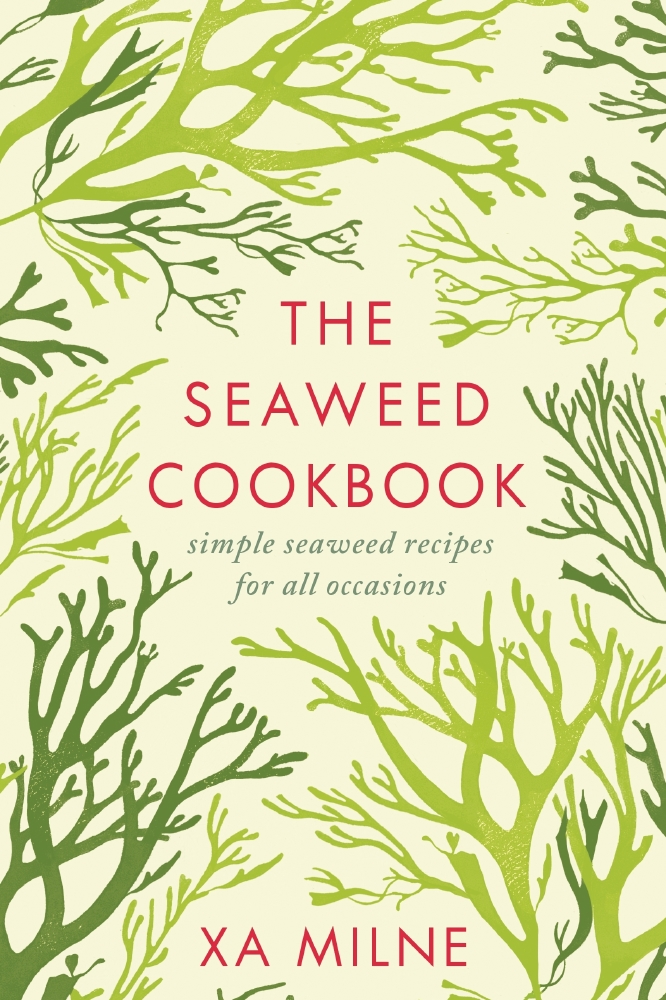Author of THE SEAWEED COOKBOOK Michael Joseph, Penguin, £16.99


The Seaweed Cookbook
There are many compelling reasons to eat seaweed but if you are vegan, seaweed may just be the answer you were looking for. Not only does it make food taste better, it contains natural msg, or glutamates, but it grows well in the cold waters of the North Atlantic and is available around much of our 11,000km coastline in the UK.
As well as providing a lower sodium, healthier addition to food, making it taste delicious it offers the broadest range of minerals of any other food on the planet. Seaweed is a good source of chelated (naturally occurring) iodine, manganese, protein, potassium, iron, zinc, niacin, phosphorus and rich in anti-oxidants including Vitamin B1, B2 and significantly, B12 (Sea Lettuce is one of the few vegetable sources of this). Weight for weight there is more iron in this green frilly sea version of the lettuce and dulse (dark reddy brown blades) than there is in sirloin steak. Alaria, known as Wakame in Japan, has ten times the calcium of milk.
Seaweed is a low calorie-high energy plant food. Red and green seaweeds are full of carbohydrates and are therefore a good energy source, while brown seaweeds (kelps) are loaded with fibre and iodine. As little as one teaspoon every other day of a brown seaweed can help re-balance an underactive thyroid and improve your metabolism. Iodine deficiency is a big problem in the West where most women are lacking it in their diets. For those who do not eat fish, or milk and are not getting the minerals we once did from our land veggies, due to the mineral depletion of our top soil, an iodine boost is critical to maintaining good health, energy and weight levels, as well as ensuring cognitive health in our unborn babies. Research suggests that iodine helps prevent the growth of cancer cells for certain types of cancer particularly breast and prostate which have a high affinity with iodine.
There are many ways to get seaweed into the diet: in the summer salads can be made more nutritious with young seaweeds like Dulse or Alaria chopped into them or turned into bean or seaweed and nut dips which can neatly improvise for butters. In the winter, dried and flaked seaweed can be stirred or sprinkled into soups, rice dishes or pasta to add flavour. To start the day off there is nothing more nourishing than a fruit or vegetable smoothie with almond milk or coconut or plain water with a tablespoon of seaweed to add some serious nutrition.
Eating seaweed regularly will help deal with cravings for salty junk food because you are getting the benefit of complex salts. For those working out as little as 5g a day, or a heaped teaspoon) can substantially improve your overall health.

